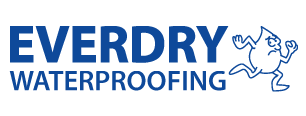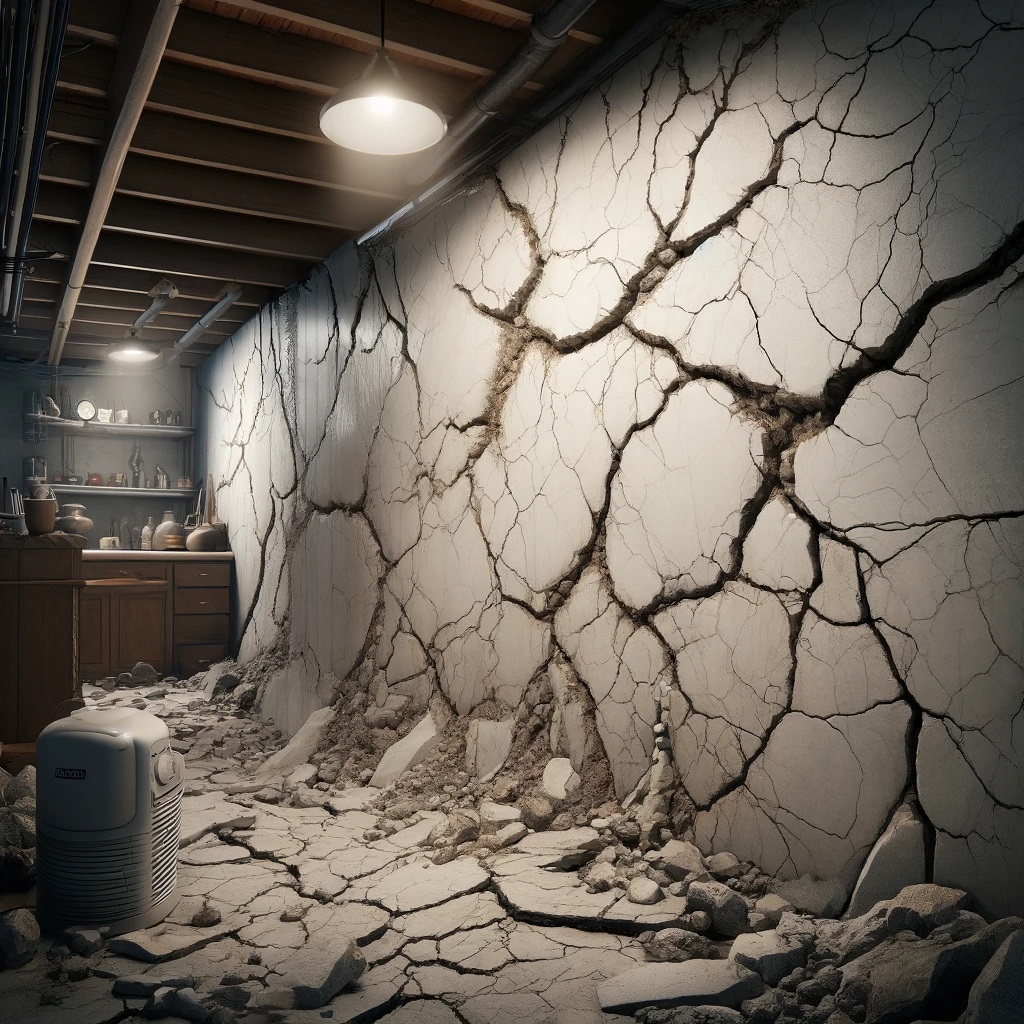The business of basement waterproofing can be hard to understand. A homeowner just has a leaky basement they want fixed. The solution can be simple. Here is a quick cheat sheet guide to basement waterproofing and terms that may come up in the basement waterproofing conversation.
Hydrostatic Pressure: Pressure from excess water building up in the soil. This is a common cause of foundation cracks and water infiltration in the basement.
Sump Pump: A sump pump is commonly attached to a basement drainage system and collects excess water in a pit or basin. The pump is usually water activated and will turn on and start pumping the water out of the basement through a discharge line. There are many different sizes, types and varieties of sump pumps. Sump pumps are commonly used in areas prone to flooding.
Battery Back-up Sump Pump System: A battery back-up system is a sump pump system designed with two or more pumps that will start working if or when the primary pump fails due to power outage or other malfunction.
French Drain: The French drain, invented by Henry French in Concord, Mass., is a common technique used in basement waterproofing and drainage. A perforated pipe or drain tile is buried in a trench filled with gravel or washed rock used to redirect surface water.
Exterior Waterproofing: Exterior waterproofing typically uses an exterior French drain around the perimeter of the house and membranes or waterproof sheeting on the exterior side of the foundation wall. In a retrofit job, the contractor will excavate the foundation to expose the foundation wall then install the waterproofing system.
Interior Waterproofing: Interior waterproofing is done as a retrofit job as well and also uses a type of French drain; however, it is on the inside of the basement. The contractor removes a portion of the concrete slab and digs out a trench around the perimeter of the inside of the basement. This system is usually tied to a sump pump system to collect the water and pump it out of the basement through discharge lines. Contractors have different techniques for interior waterproofing and usually involves some sort of wall board to allow for the water that may enter the basement to filter down into the drain to be pumped out by the sump pump.
Waterproofing Membranes: Manufacturers have developed many different waterproofing membranes. This is typically installed on new construction foundations. Some retrofit jobs use waterproofing membranes on exterior waterproofing.
Crack Injection: Crack injection is a technique used to fill concrete cracks. There are low-pressure and high-pressure crack injection systems. The concept injects the fill material into the crack and penetrates the crack all the way through the wall. Most crack injection material is usually either epoxy or urethane.
Epoxy: Epoxy is a strong material designed to have a chemical reaction that bonds that material to the concrete. Epoxy is used to stop concrete cracks from moving. Epoxy is commonly used in conjunction with foundation repair work to enhance the stability of the wall.
Polyurethane: Polyurethane is also a crack injection material more for waterproofing cracks. Cracks that are nonstructural, leaking cracks need to be filled all the way through as well. There are different types of polyurethanes as well that react with water differently. Some are designed to expand when they come into contact with water. The manufacturer specifics will tell you have a polyurethane will perform and its limitations.

Jeff’s passion for basement waterproofing can be traced back to his early days at Everdry Waterproofing. He spent significant time working in every department not only to learn and improve but to help those who worked with him advance both personally and professionally.
Jeff has worked in the Waterproofing industry for 35 years, gaining experience in marketing, sales, service, and installations. As a seasoned basement waterproofing professional, he is passionate about advancing his knowledge in waterproofing and developing his team. In addition to basement waterproofing, he is also a board member for a non profit that educates and protects consumers against unethical business practices. Outside of the office, Jeff enjoys travel, music, and time with his wife of 36 years and his two sons.
Curious about the brains behind the great content here? It’s me, Jeff Schleuning, with 35+ years of expertise in the basement waterproofing industry and a rich history of owning a Basement Waterproofing franchise in Michigan.
My journey has equipped my team and I with invaluable insights, enabling to craft content that resonates with the audience using industry-leading online tools. Incorporating tools like SEMRush, Google Keyword Planner, AI technologies like ChatGPT, Claude-2, Google Bard, and Grammarly, we ensure the content is not just engaging but also strategically aligned with market trends.







